‘Travelling green’, I am sure you have heard of this term numerous times. Does this refer to camping, using a tent, preparing meals by use of solar energy, etc.? Well, it is the small acts you and I take on during our quest to unearth this world’s every corner.
Here are a few guidelines to having a minimal impact on the environment while exploring Namibia:
Getting there and around
You have to get to Namibia somehow and walking is certainly not an option. If possible, depending on where you are travelling from, try to book a non-stop flight to Namibia. This is because most carbon emissions take place during take-offs and landings. Our country is vast, hence, you’ll definitely need a vehicle to get around. If you are coming from a neighboring country and you’re not in a rush for a meeting in one of the cities, perhaps skip the flight and take a more scenic route by vehicle. If you are travelling for leisure, do so in a group and use one vehicle, plus it might be the most memorable road trip ever. When you have reached your destination try to stay there longer and use your vehicle only when necessary. Opt for walking, cycling or use public transport to ease vehicle emissions.
Suggestions:
Car rental: there are many car rental companies, but we recommend Namibia2Go
Public transport options: Lefa (Windhoek, to and from Hosea Kutako International Airport, lodges and game farms surrounding Windhoek) or Dial a Cab (transfers through Namibia).
Reusable goods
It is almost summer, so it’s getting warmer this side of the world. Thus when journeying through Namibia you’ll need to drink a lot of water to quench your thirst. Perhaps during your sojourn in Windhoek, Swakopmund, or any other city purchase local water brands in large containers coupled with a reusable water bottle as you’ll be purchasing less plastic bottles. And as you make your way to a Gondwana property you’ll need to stop occasionally for padkos (snacks). Buy a tote bag at the various supermarkets or selected clothing stores throughout Namibia to use for the next stop’s snack shopping. – Plus these bags come in different colours and styles, so you can always use them back home too.
Other reusable items: eco-friendly snack bags, Silistraws, refillable toiletries, handkerchiefs, coffee thermos, cutlery and collapsible Tupperware.
Staying
If the plan is to have minimal impact on the environment, it would be great to rather stay at accommodation establishments that are implementing efforts to sustain the environment. I would suggest to make Gondwana properties your home away from home. However, there are many Namibian tourism companies who also put sustainability and the environment on the forefront. In addition, wherever we choose to stay it is up to us to: switch lights off when leaving the room, close the water taps when lathering soap, notify property staff of a leaking tap, switch air-conditioning off when necessary and discard sanitary waste responsibly.
Activities
We all look forward to being fully immersed in Namibia’s outdoors. Whether you’ll make Gondwana properties your home or you prefer staying elsewhere, there is a lot to do and to choose from. – Like hiking, camping, fishing, running, e-biking, cycling or birding, the list is endless. As you enjoy the outdoor activities, please do not veer off the marked hiking, walking and cycling trails and when fishing remember to rather catch-and-release when instructed to do so. Additionally, when camping, place your trash or used items into the appropriate receptacles, light fires at the marked spots only and ensure extinguishing them once done using.
Buy local
When going on holiday to discover a new place, shopping is often exciting for most of us. And the family and friends you leave back home will appreciate a few souvenirs. So, by buying locally produced keepsakes, you are supporting local entrepreneurs and in doing so, you instantaneously sustain the local economy you are exploring.
You and I can do so much to sustain our environment while discovering its every corner. And in continuously doing so we get to ensure those who follow do have an opportunity to marvel at the earth’s wonders too.
What are some other things we can do to sustain the environment while travelling?
Author – I’m Nela, from a small village called Ongha in Namibia. I am intrigued by research, writing and photography as it is an ideal way to gain knowledge about people and the world. And of course… to share it too!

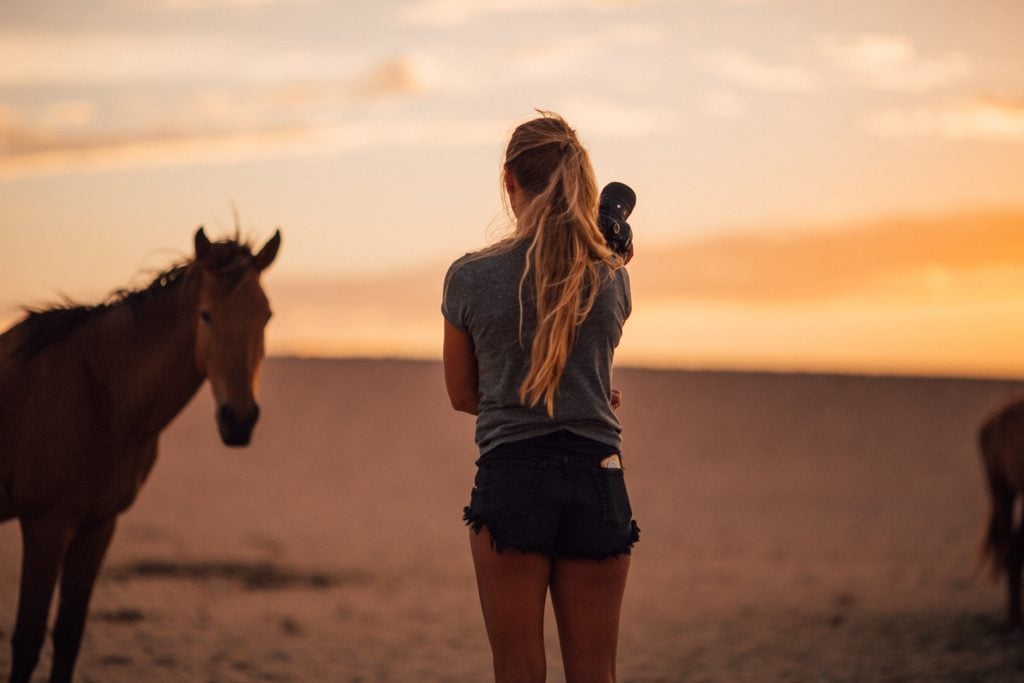
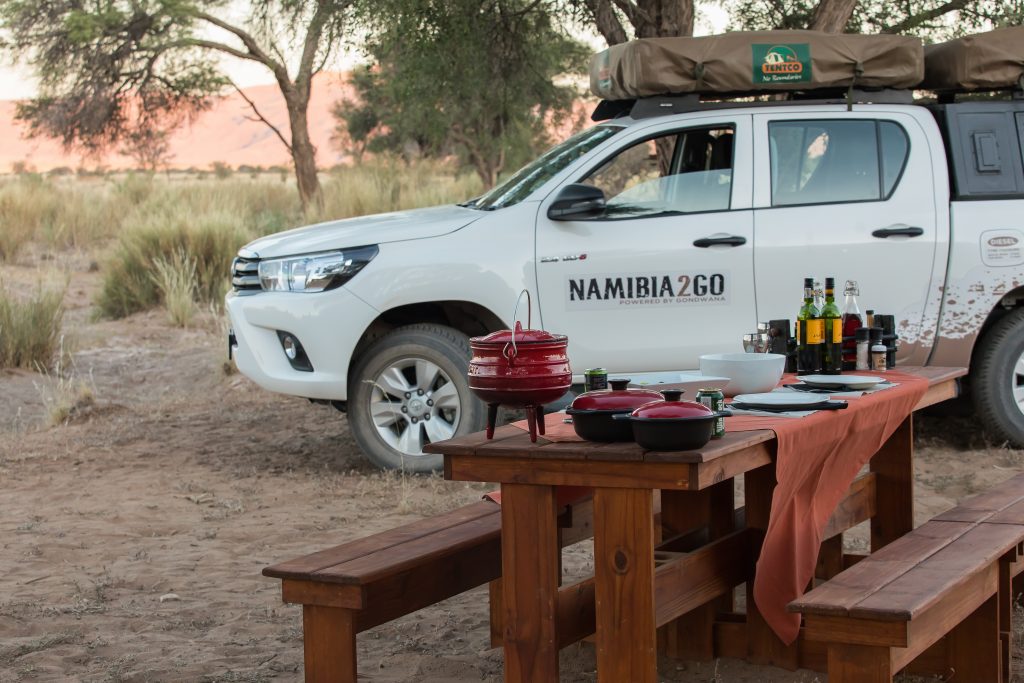
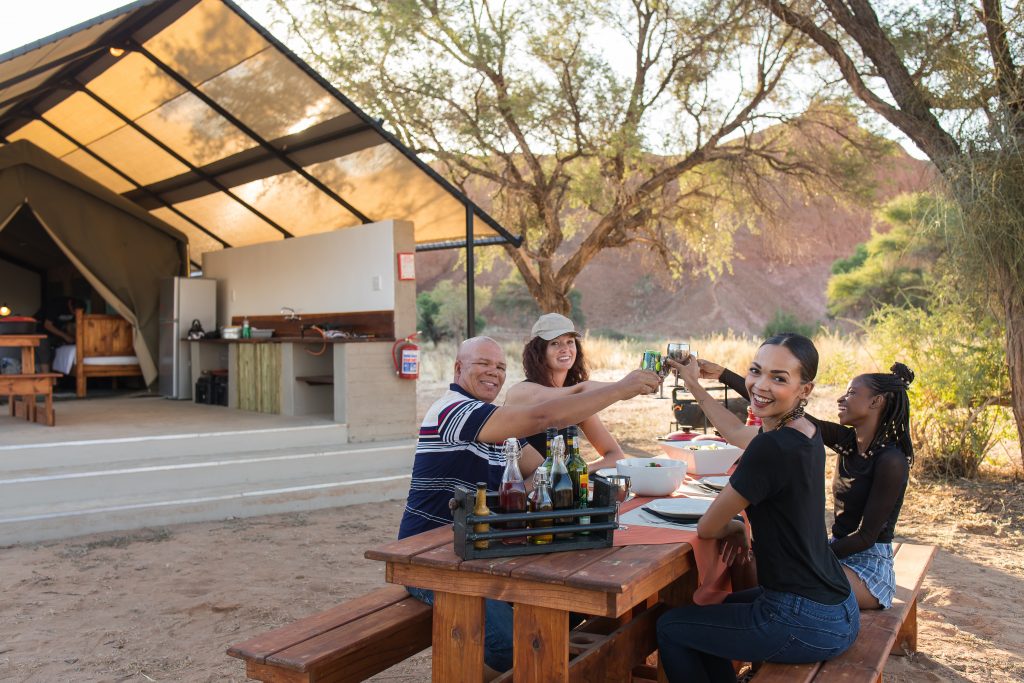

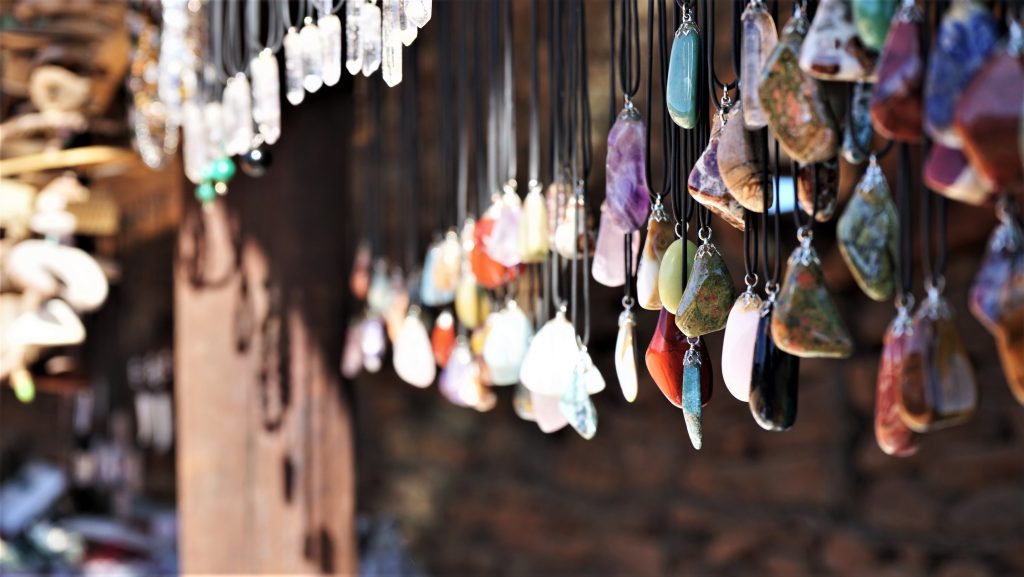


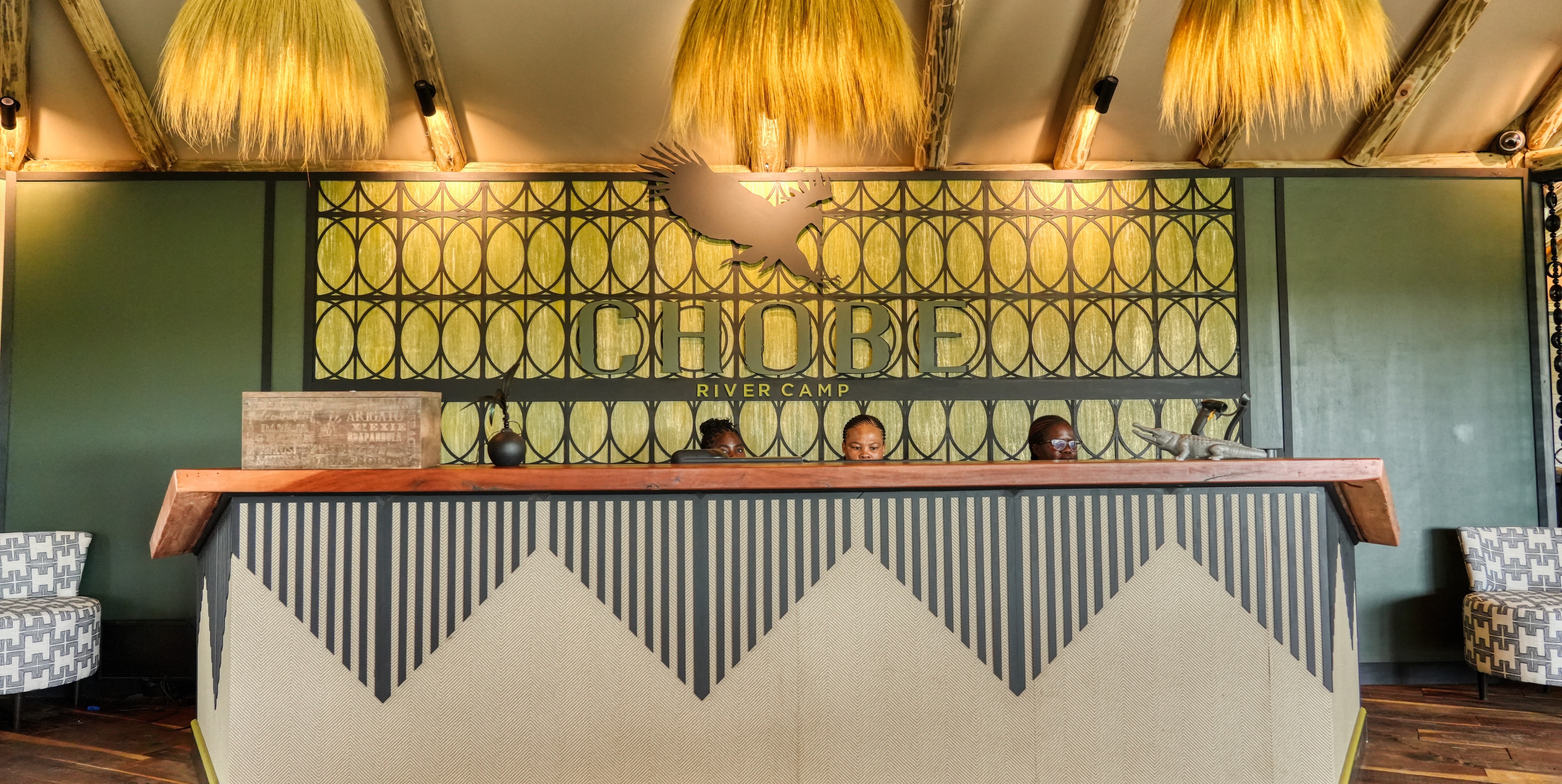
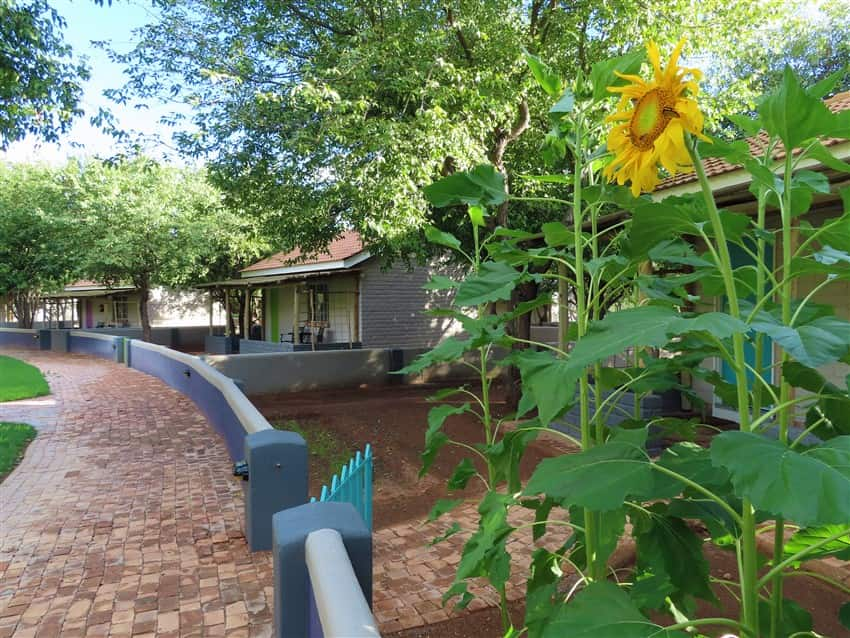

SUBMIT YOUR COMMENT